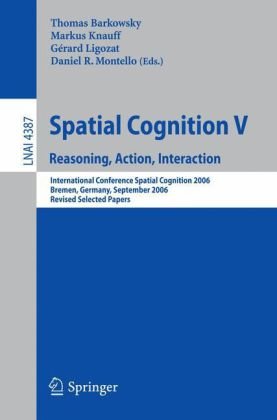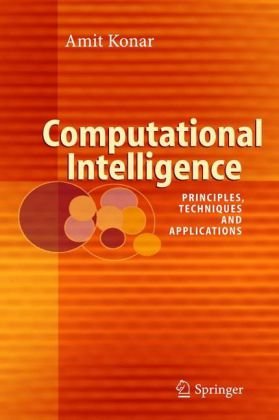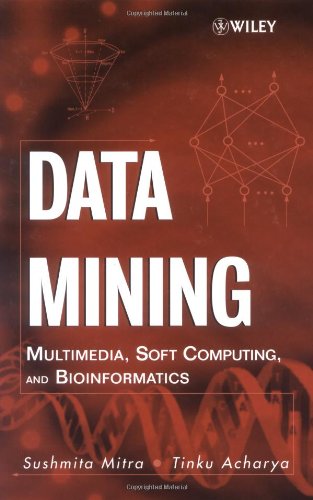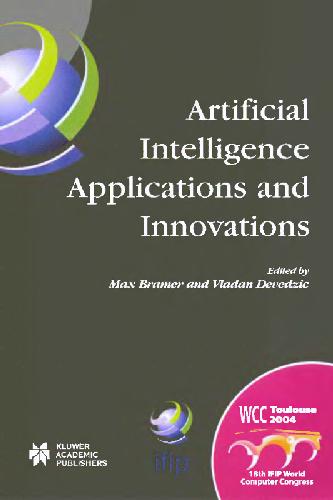Alexander Scivos (auth.), Thomas Barkowsky, Markus Knauff, Gérard Ligozat, Daniel R. Montello (eds.)3540756655, 9783540756651
Table of contents :
Front Matter….Pages –
Reachability and Dependency Calculi: Reasoning in Network Algebras….Pages 1-19
The Qualitative Trajectory Calculus on Networks….Pages 20-38
Qualitative Spatial Representation and Reasoning in the SparQ-Toolbox….Pages 39-58
Remembering Places in Space: A Human Analog Study of the Morris Water Maze….Pages 59-75
The Role of Users’ Concepts of the Robot in Human-Robot Spatial Instruction….Pages 76-89
Collaborative Assistance with Spatio-temporal Planning Problems….Pages 90-106
Dialog-Based 3D-Image Recognition Using a Domain Ontology….Pages 107-126
Protein Structure Prediction with Visuospatial Analogy….Pages 127-139
The Spatial Representation of Dynamic Scenes – An Integrative Approach….Pages 140-155
Modeling Geospatial Events and Impacts Through Qualitative Change….Pages 156-174
Preferred Mental Models: How and Why They Are So Important in Human Reasoning with Spatial Relations….Pages 175-190
The Spatial and the Visual in Mental Spatial Reasoning: An Ill-Posed Distinction….Pages 191-209
Grounded Perceptual Schemas: Developmental Acquisition of Spatial Concepts….Pages 210-228
Modeling Human Spatial Memory Within a Symbolic Architecture of Cognition….Pages 229-248
Updating in Models of Spatial Memory….Pages 249-269
Sensorimotor Interference When Reasoning About Described Environments….Pages 270-287
Mechanisms for Human Spatial Competence….Pages 288-307
Algorithms for Reliable Navigation and Wayfinding….Pages 308-326
Interpreting Route Instructions as Qualitative Spatial Actions….Pages 327-345
Knowledge Based Schematization of Route Directions….Pages 346-364
Map Use and Wayfinding Strategies in a Multi-building Ensemble….Pages 365-380
How Much Information Do You Need? Schematic Maps in Wayfinding and Self Localisation….Pages 381-400
Wayfinding Strategies in Behavior and Language: A Symmetric and Interdisciplinary Approach to Cognitive Processes….Pages 401-420
A Spatial Cognitive Map and a Human-Like Memory Model Dedicated to Pedestrian Navigation in Virtual Urban Environments….Pages 421-438
The Influence of Scale, Context and Spatial Preposition in Linguistic Topology….Pages 439-452
Before or After: Prepositions in Spatially Constrained Systems….Pages 453-469
Discourse Factors Influencing Spatial Descriptions in English and German….Pages 470-488
Autobahn People: Distance Estimations Between German Cities Biased by Social Factors and the Autobahn….Pages 489-500
Back Matter….Pages –







Reviews
There are no reviews yet.